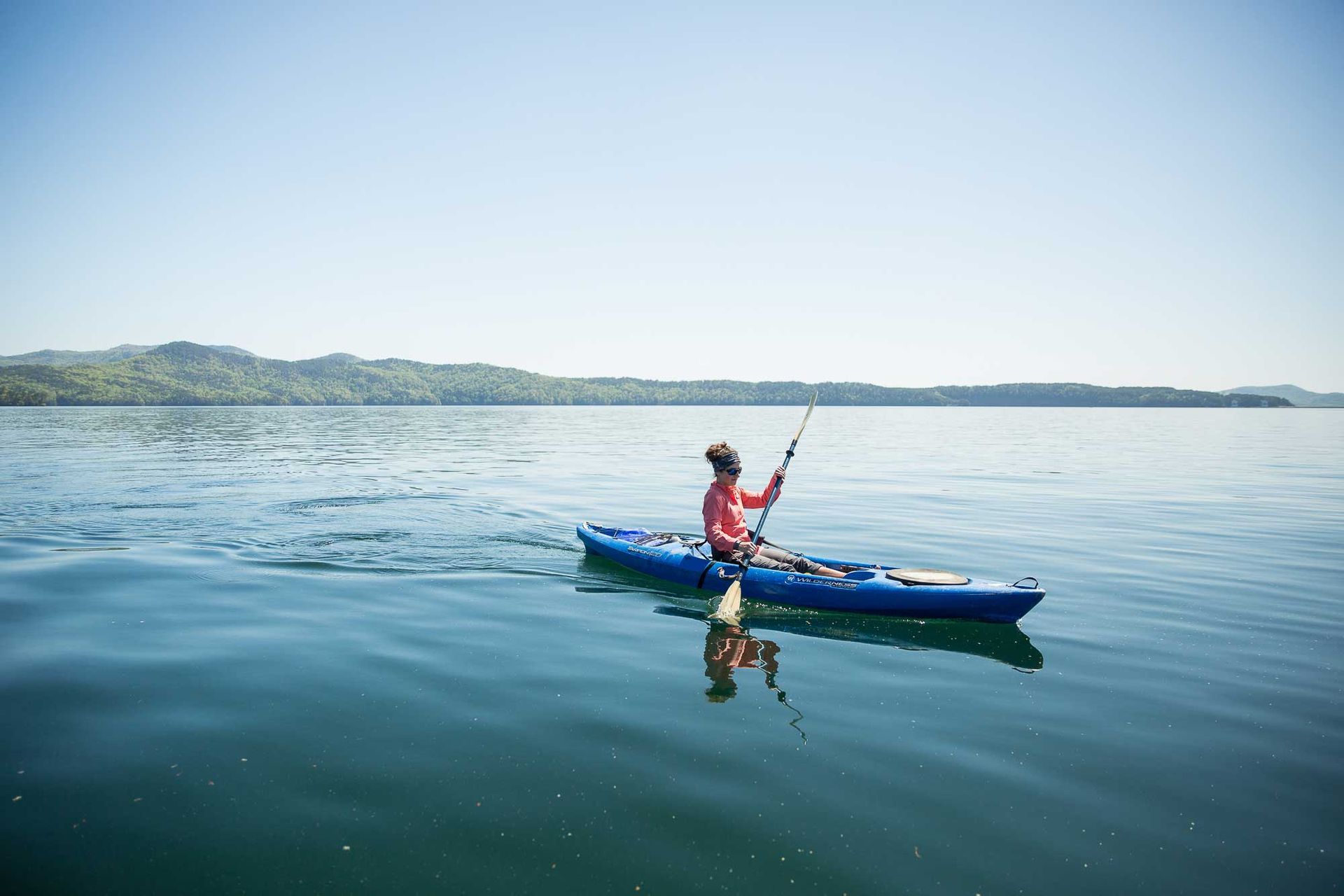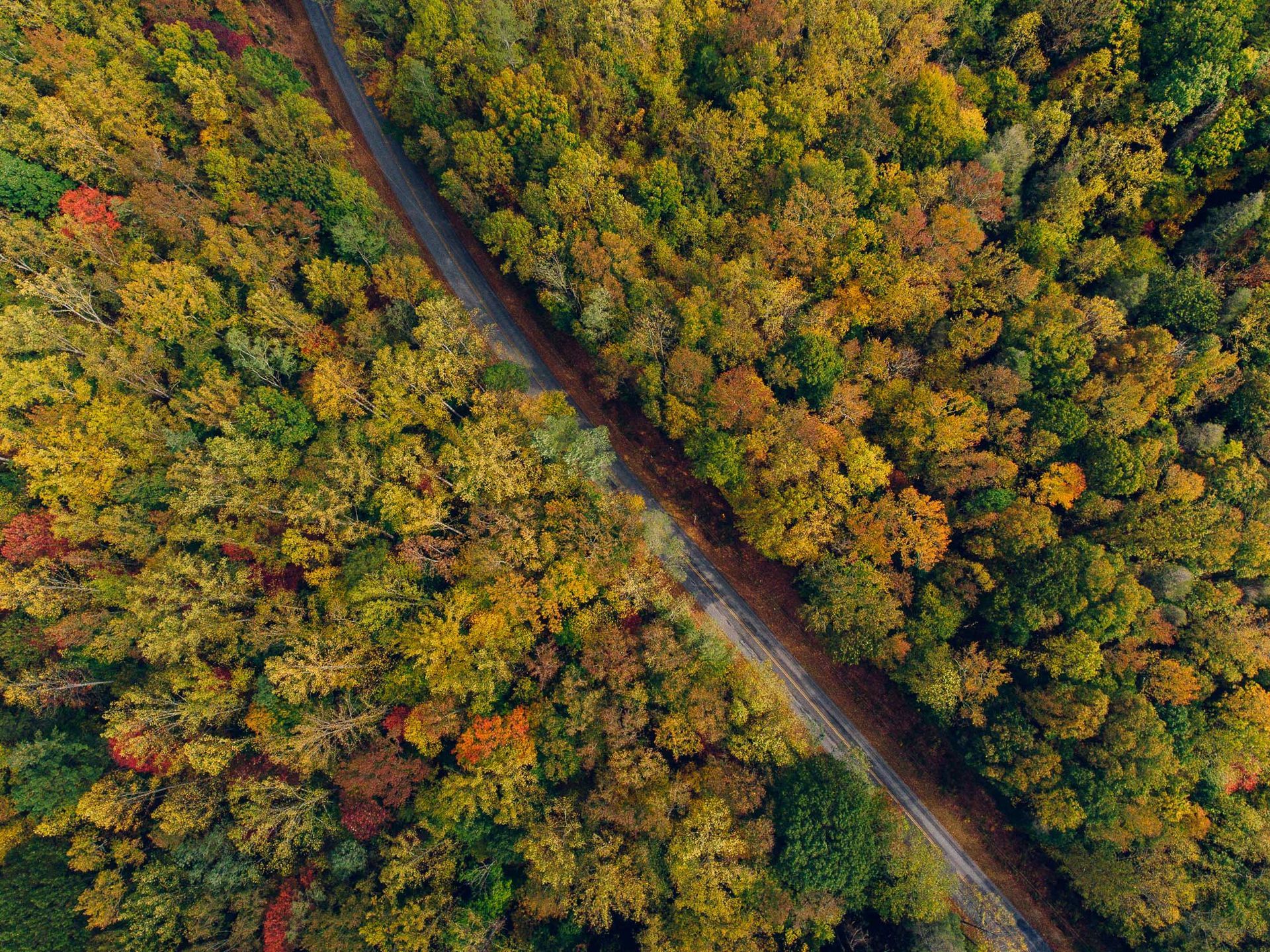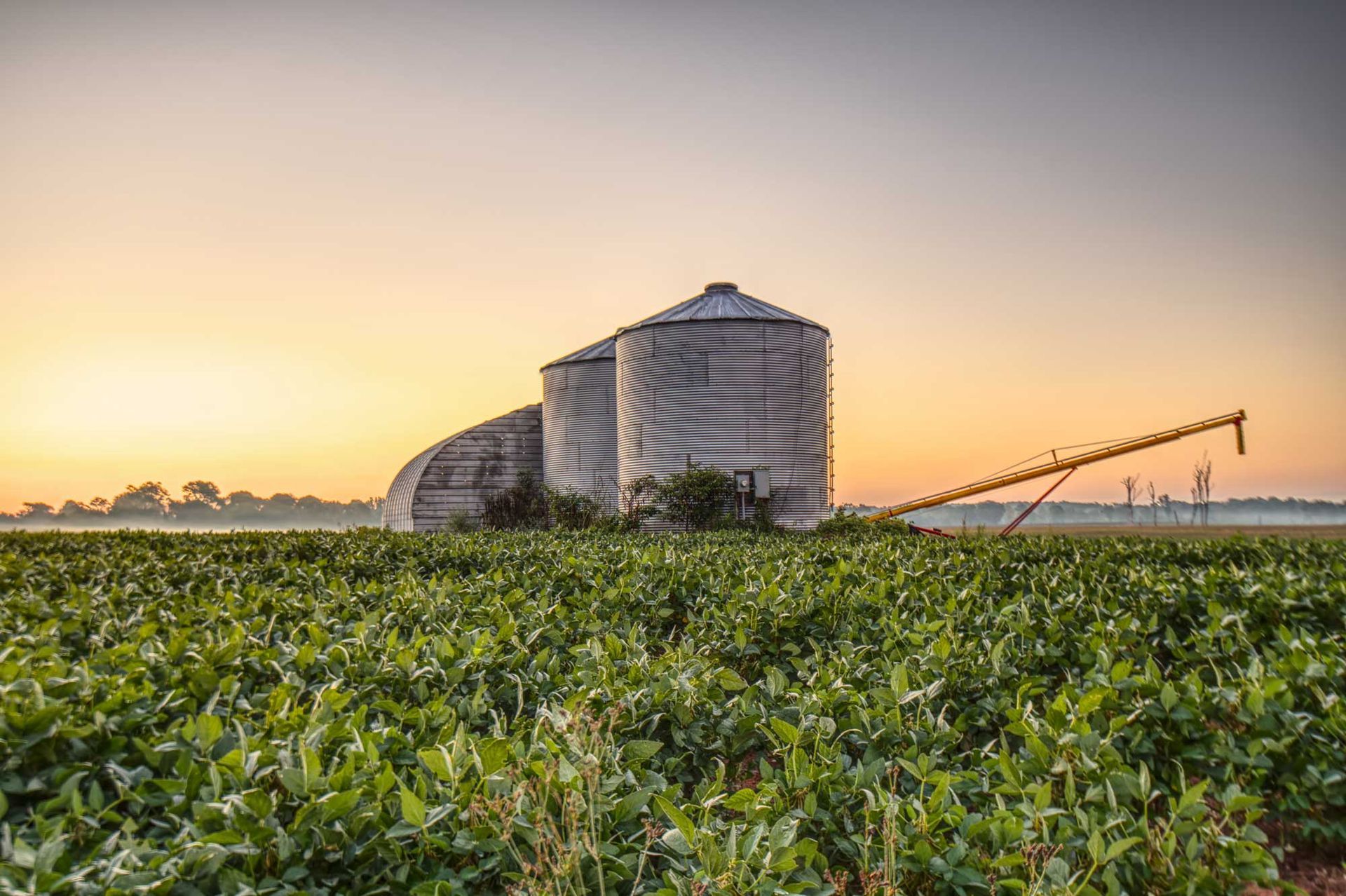The Conservation Bank works to improve quality of life for South Carolina taxpayers and boost economic prosperity by conserving our resource lands, farmlands, forest lands, wetlands, historical properties, archaeological sites, and urban parks. Your support will help us achieve this critical mission.
Learn more about the Conservation Bank.
View real time results in your district.
See how we’re working to conserve your corner of South Carolina.
Did You Know?
Many federal and state programs, as well as most private foundations, require applicants to search for matching funds before they can qualify for a matching grant from their organization.
The Conservation Bank is often the only other source of funds available for matching funds for land—without which a landowner would not qualify for matching dollars.
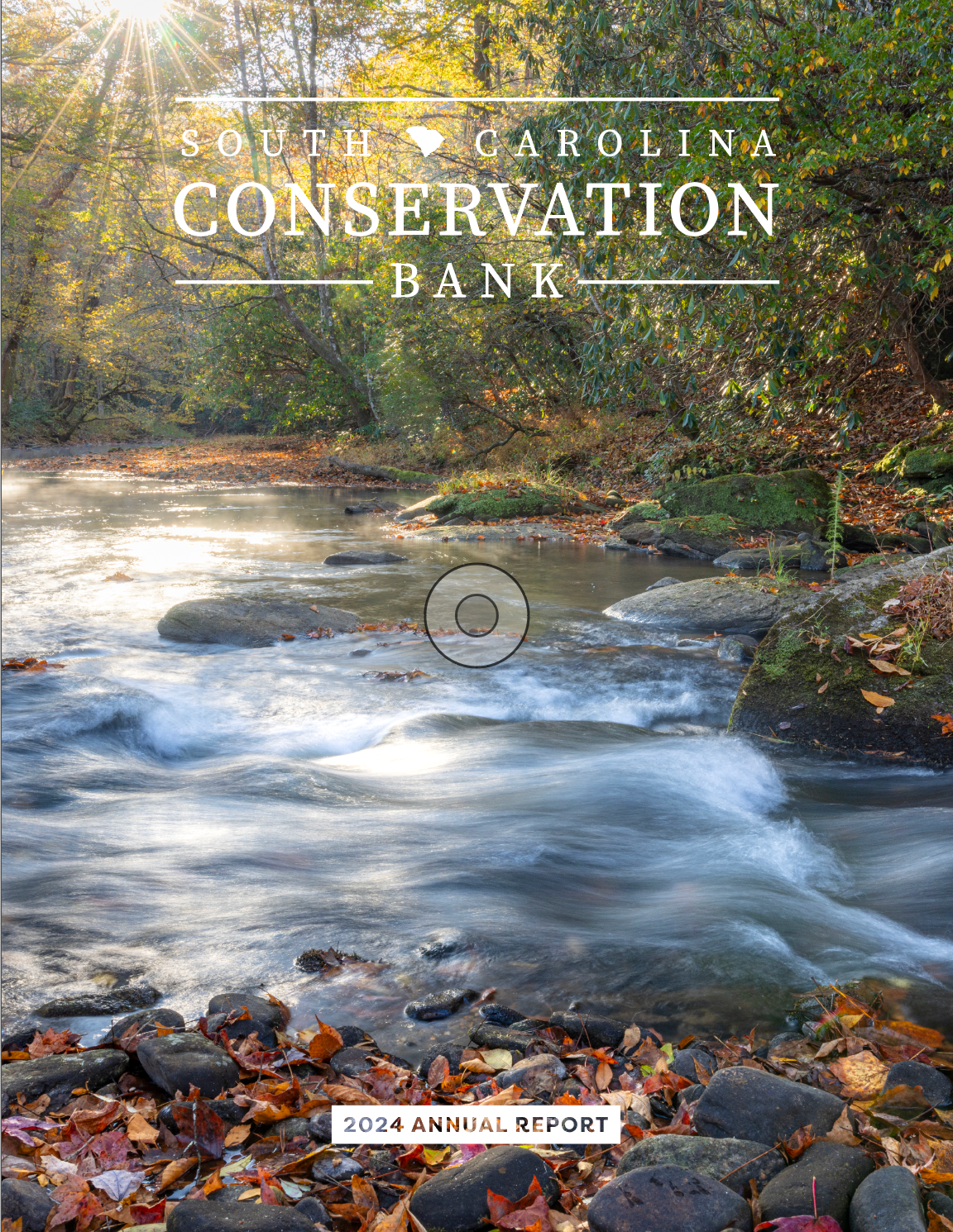
About the Conservation Bank
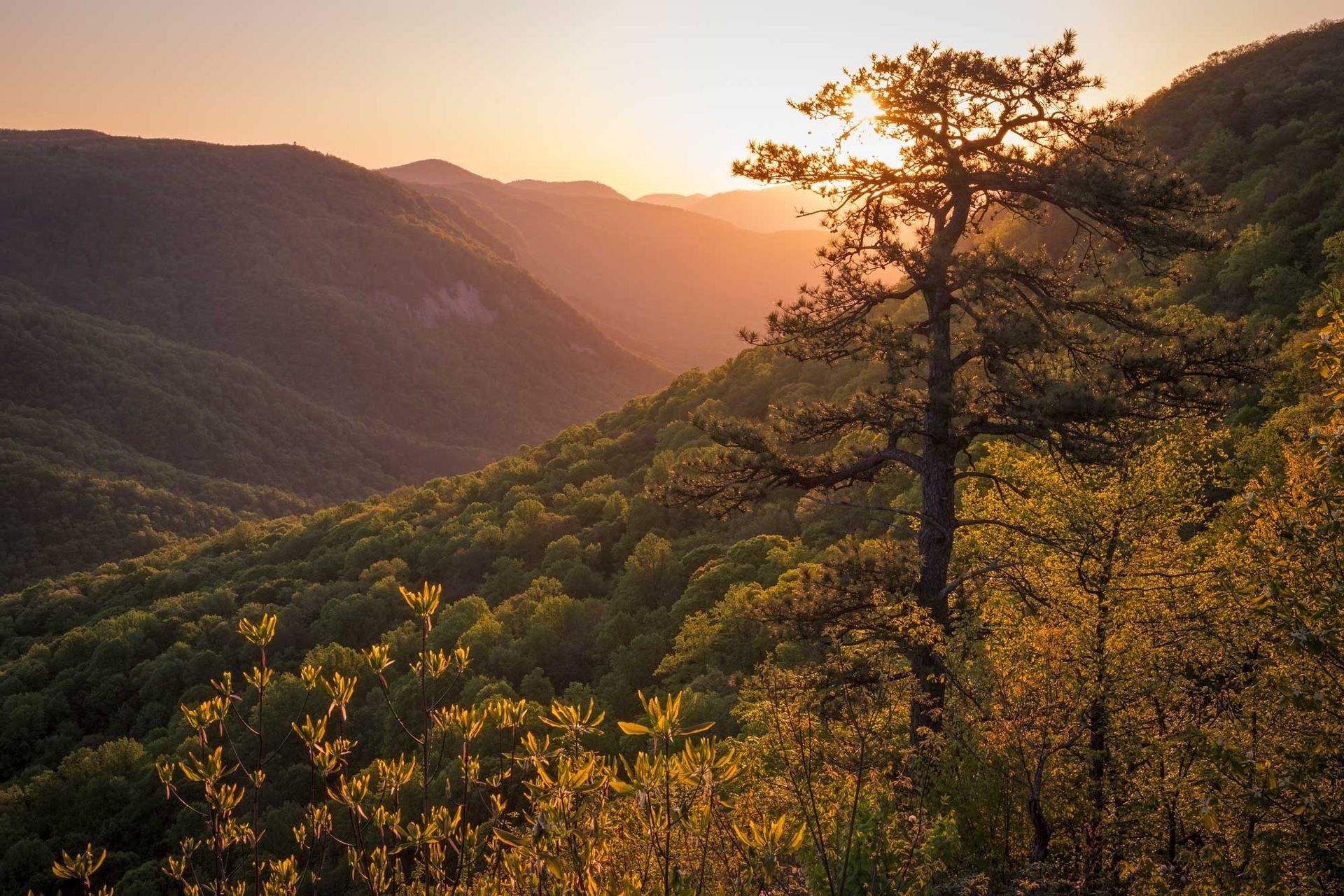
The South Carolina Conservation Bank works with government agencies, land trusts, and other eligible entities to conserve and protect South Carolina’s beautiful natural resources, farmlands, forest lands, historical and archaeological sites, and urban parks.
